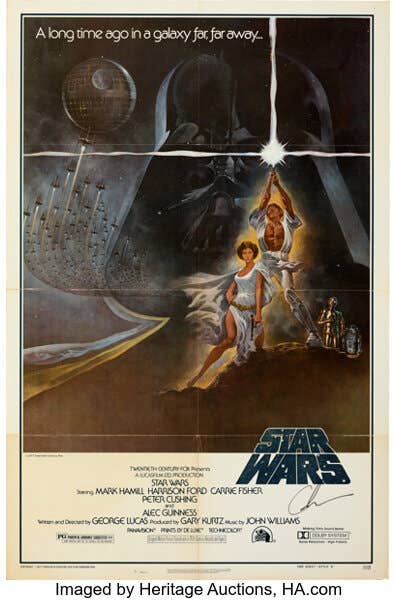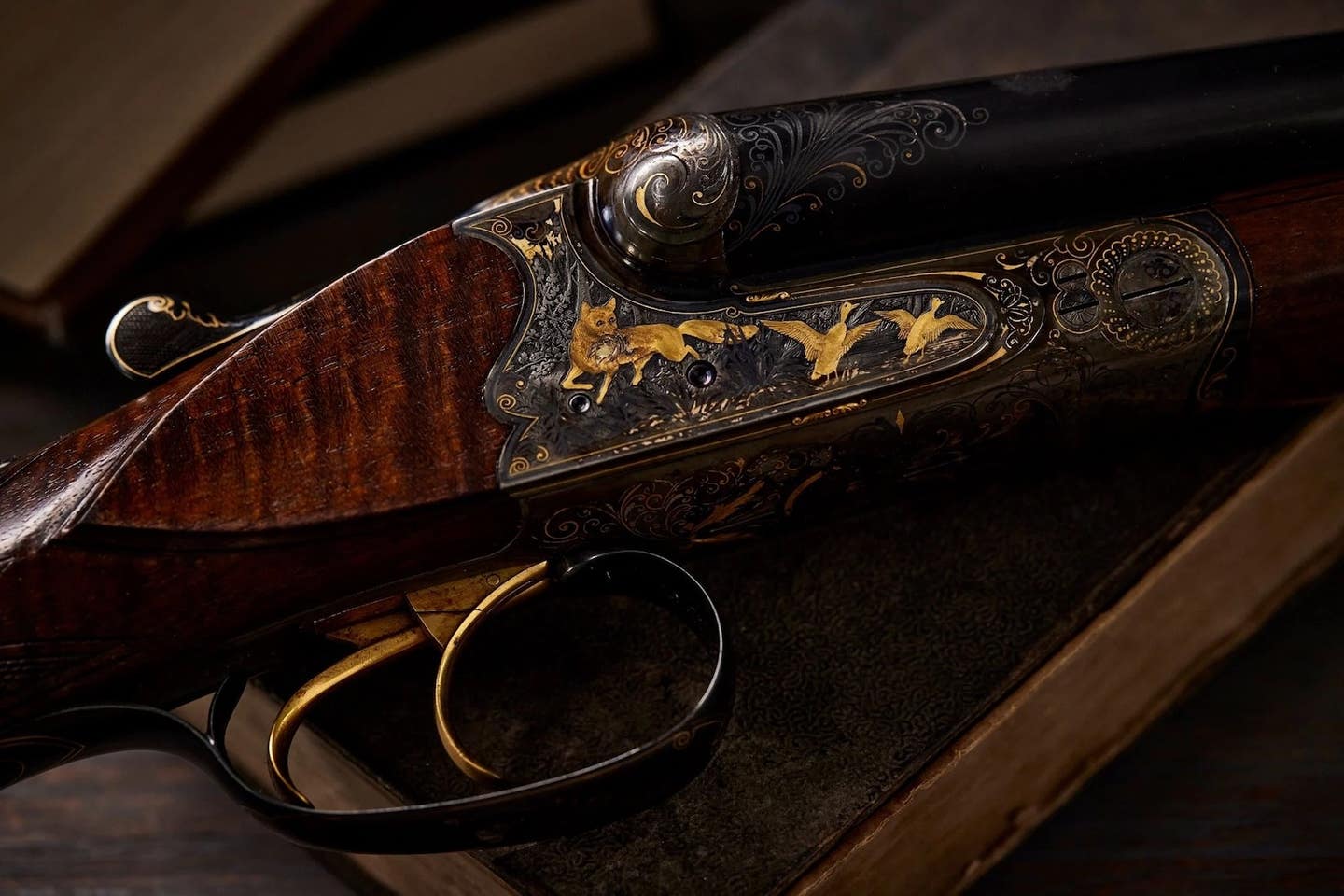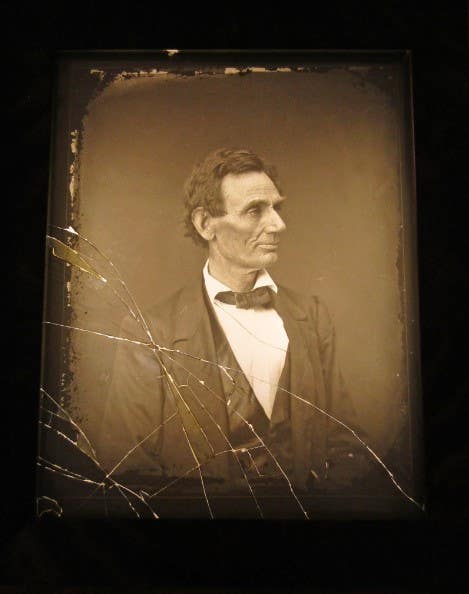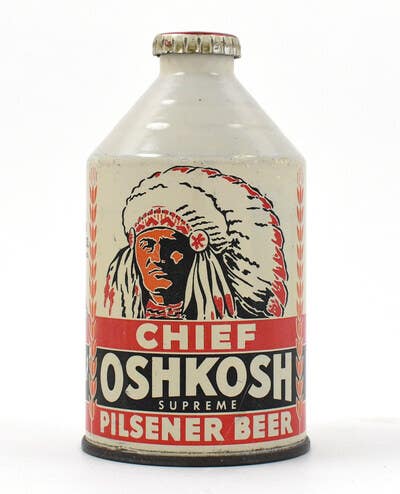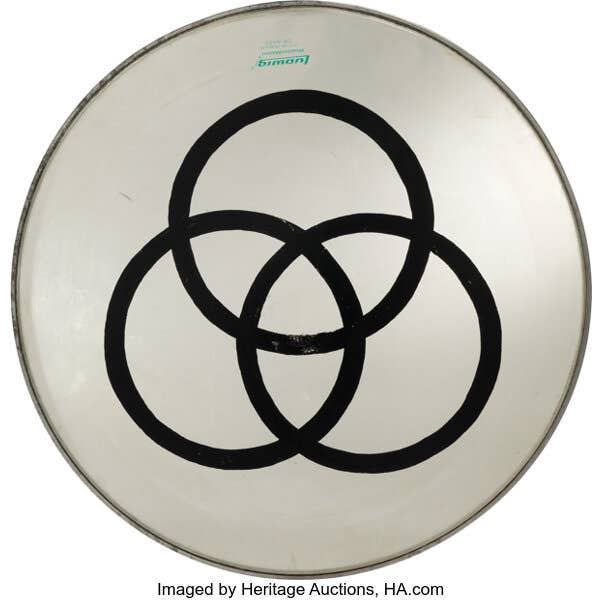Signs of Passage: Memories and history come alive in vintage signs
In this excerpt from Picker’s Pocket Guide — SIGNS by Eric Bradley, you get an intriguing and educational sneak peek behind the scenes of the white hot world of vintage advertising signs.
By Eric Bradley
A good sign catches your eye: A shock of orange. A flash of Spencerian script. A friendly face that was as familiar in your grandma’s kitchen as she was.
The reasons we are drawn to vintage advertising signs today is partly due to the
effectiveness of the signs in the first place. They are designed to catch our attention. But their appeal to collectors and pickers is much deeper than the original ad message. Maybe the sign reminds them of 5-cent Coke floats after school or an afternoon of fishing. Maybe it’s the true artistry behind the work itself: the subject, the shape, the font, the colors, lines and its historical significance.
All of these factors came together the instant I spotted a unique counter-top sign. Shortly after relocating to the Dallas-Fort Worth area to work at Heritage Auctions, the world’s largest collectibles auctioneer, I was browsing one of the many innovative collectibles shops downtown. A sign caught my attention right away. The dealer set it high in the booth and it was surrounded by smalls, which made it stand out even more. The plywood sign was cut in the shape of the state of Wisconsin and hand-painted with the words, “Slack’s Wisconsin’s Finest Jams and Jellies.”
Having just moved from The Dairy State, the sign’s shape had me hooked immediately. It reminded me of the familiar jigsaw-cut signs in use during the 1930s-1950s, the heyday of upper Midwest tourism. The fonts and four-color style gave me a hint it probably dated to the 1960s. The condition of the board and fact the paint wasn’t faded told me someone took care of it, which meant it was probably not used outside and had been shielded by the harmful effects of direct sunlight. All of these factors culminated in the nostalgic message: A wholesome product made by a humble operation in God’s country.
I could barely wait to learn why this company called Slack’s would have gone through the trouble to create this sign by hand. A quick Internet search later, I was delighted to learn Slack’s was still in business and still making jams and jellies. Back in the summer of 1954, a farm wife named Viola Slack made some jam from the wild blackberries that grew along dusty gravel roads in South Central Wisconsin. She and her husband Earl sold the jam door-to-door and to tourists. The jam became popular, and soon their whole family was making several varieties for small area grocery stores. The company now has eight employees and a busy mail-order business online, in addition to a strong retail business. It even runs a small antiques shop attached to a retail store north of Madison, Wis.
I sent photos of the sign to the staff at Slack’s to let them know it still exists and to learn more about when it might have been made. Jacki Slack, who manages the shipping side of the business, was thrilled to learn about the discovery. She said the sign dates from the 1960s or the early 1970s. “That’s the time period when we had the Wisconsin-shaped gold labels,” she said. “Either my uncle or my brother made the sign. It’s probably the only one made to use for the display in a lean-to on the side of the barn that we used to sell out of years ago!”
Signs like this are in demand because they blend visual appeal, memories and history in one visually-appealing display. Passion for these functional works of art are growing.
Thanks in part to American Pickers and a host of reality television shows, a whole new generation of Americans is looking at advertising signs in a new light. A December 2013 advertising auction saw more than 50 auction records across tobacciana, Coca-Cola and soda pop advertising categories. A 100-lot single-owner collection of items advertising Whistle soda, described as “one of the largest known collections of its type,” held a rare, circa-1930s tri-fold cardboard cutout featuring two boys wooing a girl – one with roses, the other with a more-enticing bottle of Whistle. Measuring 31 inches by 36 inches, the sign sold to an Internet bidder for $38,400 against an estimate of $1,500-$2,500.
“One of the things I’ve found is that advertising signs cross all demographics – young, old, male, female,” said Dan Morphy, president of Morphy Auctions. “Collectors view them as art. Instead of buying a painting for their wall, a collector will display a piece of advertising. Many people who collect antique advertising signs are advertising or marketing professionals, so they appreciate the art and presentation. A lot of younger people who are collecting also come from the advertising and marketing world.”
Morphy said the price of the tri-fold Whistle soda sign is a textbook example when two collectors battle to own a scarce piece of advertising. Whistle Orange Soda was introduced in 1925 and primarily distributed around the St. Louis, Mo., area. That puts the tri-fold sign early in the product’s life and likely limited the distribution to an area near the factory. When you consider the piece is a store display not intended for private ownership, it’s dramatic, colorful and funny graphics, and its excellent condition given its composition, it’s easier to see why it set a five-figure auction record. The advertising sign’s auction price is in the ballpark of an original work by artist Marc Chagall, which just goes to show the status advertising signs have with collectors.



